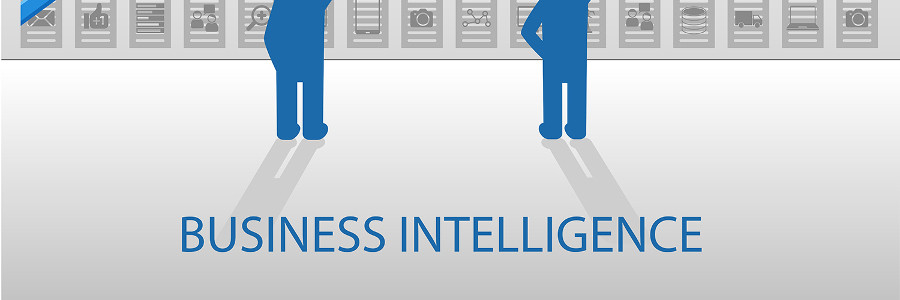 Businesses have made lots of money using social media to engage with current and potential customers for years now. But after a recent breach, some users are reevaluating Facebook’s reputation. Read on to know how this concerns you and if you must do something about it.
Businesses have made lots of money using social media to engage with current and potential customers for years now. But after a recent breach, some users are reevaluating Facebook’s reputation. Read on to know how this concerns you and if you must do something about it.
Last month, news broke that a firm known as Cambridge Analytica collected private data from over 50 million Facebook users. The British company supposedly used this information in 2016 to influence voter behavior during the US presidential election and UK’s Brexit campaign.
How did they harvest the data?
In 2015, a Facebook personality quiz app called “This is Your Digital Life” was created by Cambridge psychology professor Aleksandr Kogan. Around 270,000 Facebook users signed up and gave information about themselves in exchange for humorous results.
What users didn’t know was that Kogan’s firm, Global Science Research, struck a deal with Cambridge Analytica to share the information that was gathered. Aside from collecting information about the Facebook users, the app also mined some data about the users’ friends.
Information collected was based on:
- Data from other platforms that are also owned by Facebook, including Instagram and WhatsApp
- Advertisers and other third-party partners
- Apps and websites which use Facebook services
- Your location
- The devices you use for Facebook access
- Payments handled by Facebook
- Your Facebook connections and networks
- Messages, photos and other content that other users send to you
- The information you disclose to Facebook
- Your activities on Facebook
What happened to the sourced information?
Cambridge Analytica analyzed the collected data to create psychological profiles and invent better political drives to influence whom people would vote for. Although there is still a huge debate about how effective this plans were, there’s no doubt that tens of thousands of users were manipulated into signing away their data without knowing it.
What can I do to keep my information safe?
Remove third-party apps that use your Facebook account. Visit your “Settings” menu and go to “Apps”. You should see the list of all the services that are using information about your Facebook profile. Check on each app, and if you don’t need it or use it anymore, delete it to revoke its access.
If you need more information on how to keep your data secure, feel free to give us a call today!



 Facebook users woke up to a nightmare when they heard that the social media giant and associated app developers were selling their sensitive data to companies, like Cambridge Analytica, without their consent. So if you’re concerned about being one of the 50 million users whose data have already been sold, you should check out the following 3 tips.
Facebook users woke up to a nightmare when they heard that the social media giant and associated app developers were selling their sensitive data to companies, like Cambridge Analytica, without their consent. So if you’re concerned about being one of the 50 million users whose data have already been sold, you should check out the following 3 tips.
 Paying and filing taxes is already annoying without the threat of refund fraud or identity theft. But phishing schemes, especially during tax season, have become so widespread that you’ve probably already received spoofed emails or calls during the last few years. To maintain the security of your business, you and your employees need to be extra cautious with the emails you receive at tax time.
Paying and filing taxes is already annoying without the threat of refund fraud or identity theft. But phishing schemes, especially during tax season, have become so widespread that you’ve probably already received spoofed emails or calls during the last few years. To maintain the security of your business, you and your employees need to be extra cautious with the emails you receive at tax time.




